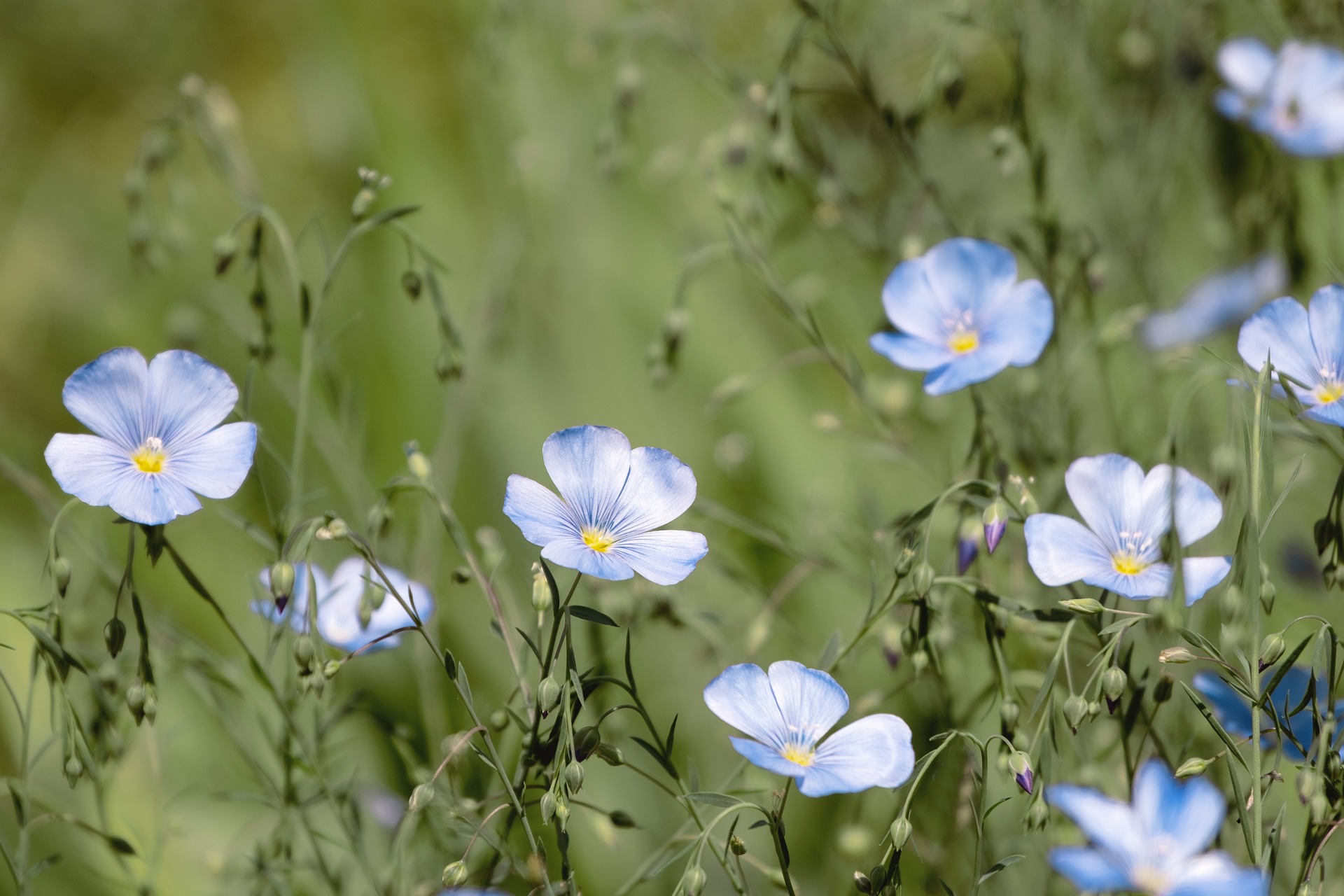We all love the Fall season, as it is a great way of starting a fresh life by connecting back with our Friends, Family and with our own self. Some people like to go outside for a hike, others love to shop for the coming month’s festivals, and there are those who find Fall a great time to revitalize their gardens for next season. For that it is equally important to choose the right plants, a proper time to seed and how to take care of them so that they can show their magic by reflecting a stunning display of colors and textures throughout the growing season.
In this blog post, we will explore the top 10 perennials that will suit your garden the best regardless of the size and shape of the garden. Let’s get started!
Black-Eyed Susans (Rudbeckia hirta)
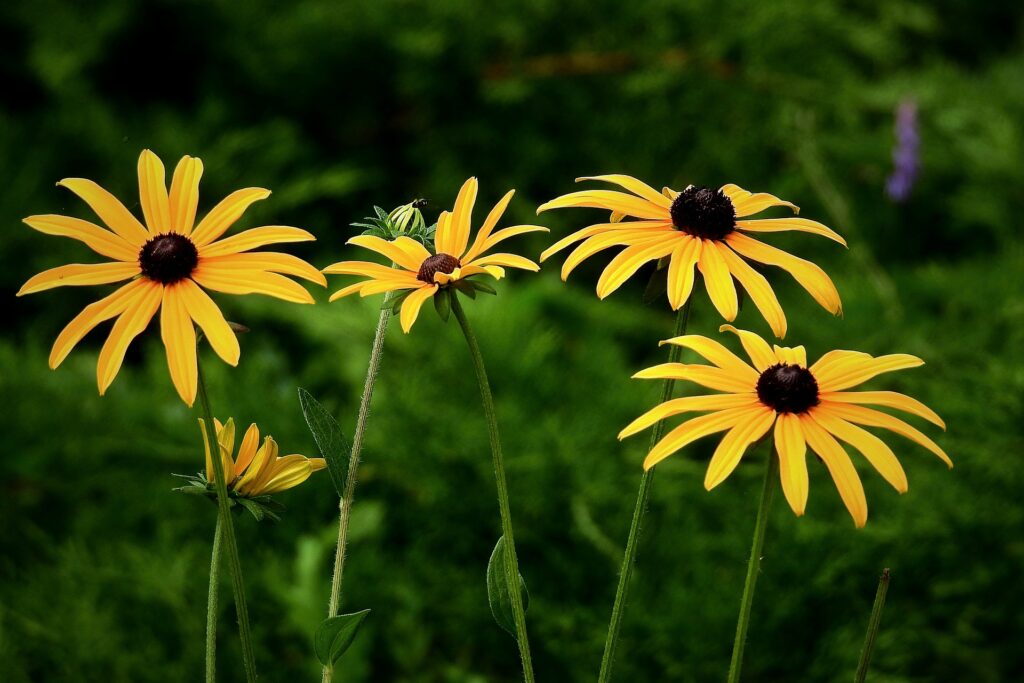
The very first plant from our list of top 10 perennial flowers are, the rudbeckia plant, commonly known as black-eyed susans. These rudbeckia plant appeal cheerful and vibrant to Medium to Large size Gardens and make a great choice for filling up the space. These daisy-like flowers have bright yellow petals with dark brown centers, are native to North America and are particularly attractive to pollinators.
Black-eyed susan plants have a rich history, and have been used for centuries in medicinal practices, representing hope and positivity. Climbing black-eyed susan varieties were favored by Native Americans, who repurposed them for their food and medicine as rituals.
Goldsturm black-eyed susan plants follow a very low-maintenance routine and add vibrant burst of color and texture to any garden. Not just this, they can also thrive in various weather conditions, that makes it a versatile choice among gardeners of all skill levels.
- Planting Time: Fall or spring
- Seeding: Direct sow seeds in the garden after the last frost
- Conditions: Full sun, well-drained soil
- Growth Time: 12-16 weeks from seed
- Care Tips: Deadhead spent flowers to encourage continuous blooming.
Coneflowers (Echinacea)
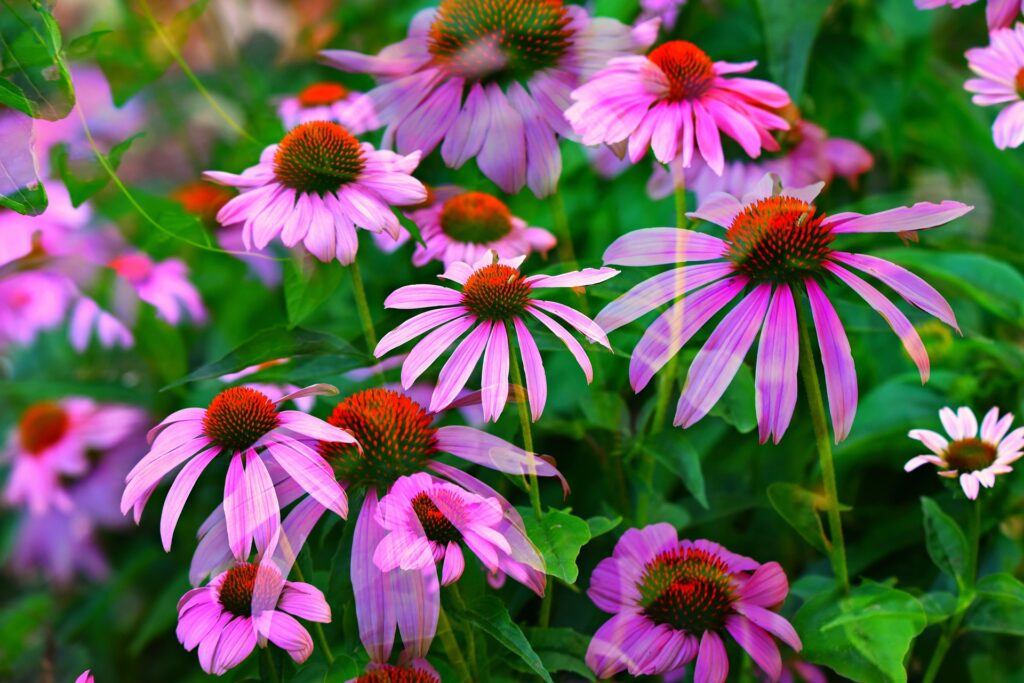
Echinacea purpurea, popularly known as coneflowers, are daisy-like blooms available in a variety of colors, and are in the list of top 10 perennials for sun. These echinacea flowers are mostly planted in larger spaces in Medium to large gardens. However, they are not just visually appealing but also used as medicinal herb for centuries, known particularly for its role in treating colds and flu. Not just this, Native Americans shows their high regard towards yellow coneflower and red coneflower varieties for their ceremonial uses and nutritional value.
Among the other coneflower varieties, white echinacea, add a touch of class and charm to any garden. They’re pretty low-maintenance and can do well in a range of environments.
- Planting Time: Fall or spring
- Seeding: Direct sow echinacea seeds in the garden after the last frost
- Conditions: Full sun, well-drained soil
- Growth Time: 12-16 weeks from echinacea seed
- Care Tips: Divide clumps every 3-5 years to maintain vigor.
Daylilies (Hemerocallis)
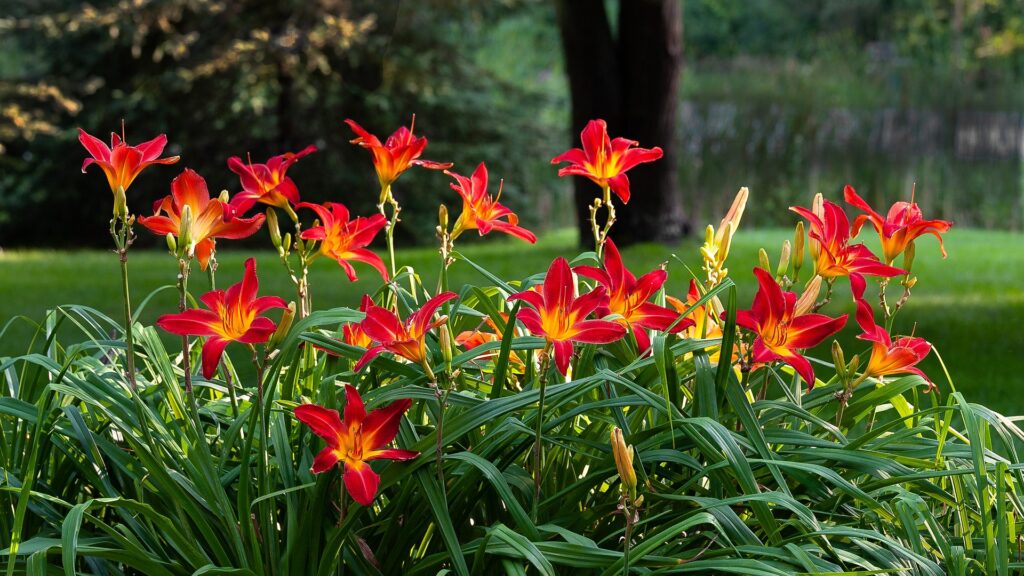
Daylilies are versatile perennials that offer a wide range of bloom colors and sizes. They are best perennial flowers for partial sun that come in an impressive variety of flower colors and sizes. Although native to Asia, these were first introduced to Europe in the 16th century, and since then they have been cultivated worldwide and become popular plants globally. Day Lily thrives in medium sized gardens where their colorful blooms can be easily admired. Despite their short-lived blooms, wild horses daylily and stella d oro daylily plants produce new flowers throughout the growing season.
The yellow daylily and white daylily varieties bring lively bursts of color and unique texture to any garden space. Their easy-care characteristics make them perfect for gardeners, regardless of their experience level.
- Planting Time: Fall or spring
- Seeding: Direct sow seeds indoors 8-10 weeks before the last frost
- Conditions: Full sun to partial shade, well-drained soil
- Growth Time: 2-3 years from seed
- Care Tips: Divide clumps every 3-5 years to prevent overcrowding.
Phlox (Phlox Paniculata)
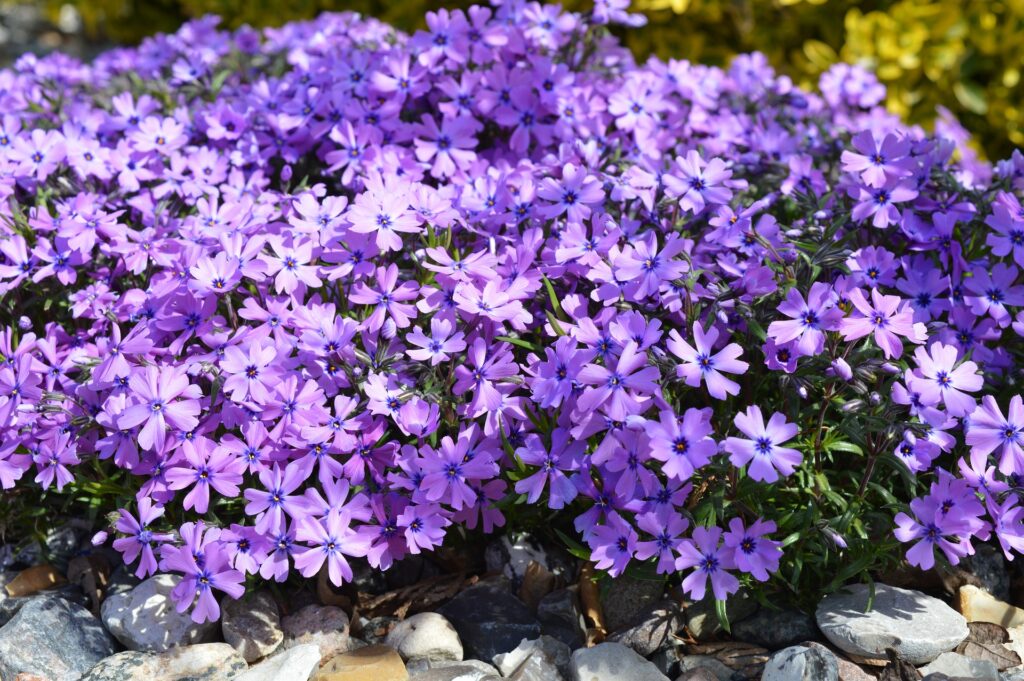
The phlox flower is a popular perennia for medium gardensl, and is highly valued for its abundant, aromatic flower clusters that come in a stunning array of colors such as pink, red, white, and purple. These eye-catching blossoms are a popular choice for enhancing the beauty and vibrancy of gardens. Phlox paniculata, including woodland phlox and moss phlox, is ideal for adding late summer to early fall color to your garden.
Phlox is native to North America and has been a cherished garden plant for centuries. Not only its vibrant beauty, Phlox species was used by native American tribes to treat skin irritations and wounds by simply crushing and applying as a poultice to the affected area. Moreover, it was used in remedies to help with respiratory conditions, such as colds or bronchial issues.
Phlox, with its diverse types such as David phlox and wild phlox, brings vibrant colors and delightful scents to gardens. It’s a relatively easy-to-care-for plant that thrives in various conditions.
- Planting Time: Fall or spring
- Seeding: Direct sow phlox seeds in the garden after the last frost
- Conditions: Full sun to partial shade, well-drained soil
- Growth Time:12-16 weeks from seed
- Care Tips: Deadhead spent flowers to encourage continuous blooming.
Peonies (Paeonia)
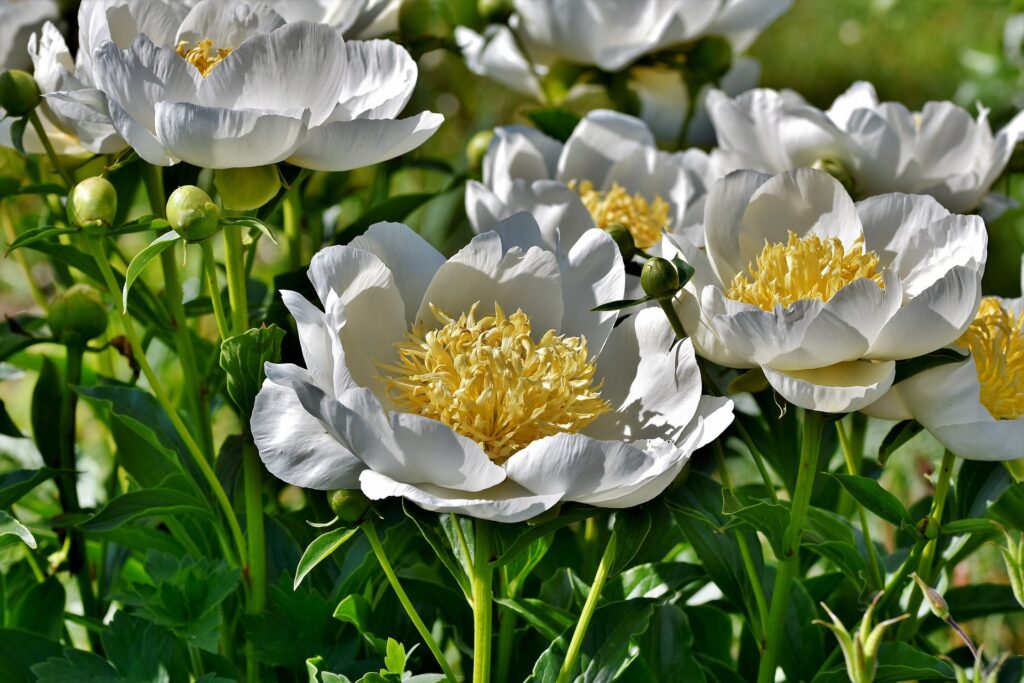
Peonies flowers are classic garden perennials known for their large, showy blooms and looks beautiful in medium to large gardens. Peony varieties such as sarah bernhardt peony and shirley temple peony add elegance to any garden, however they take time to establish.
Peonies have a fascinating history that spans more than 2,000 years, with their roots in Asia, especially China. These stunning flowers have long been celebrated not only for their exquisite beauty but also for their medicinal benefits. Beyond symbolizing wealth and prosperity, peonies were traditionally employed in herbal medicine to alleviate a range of issues, such as inflammation and discomfort.
- Planting Time: Fall or spring
- Seeding: Not recommended for most varieties
- Conditions: Full sun, well-drained soil
- Growth Time: 2-3 years to establish
- Care Tips: Divide clumps every 5-7 years to maintain vigor.
Hostas (Hosta)
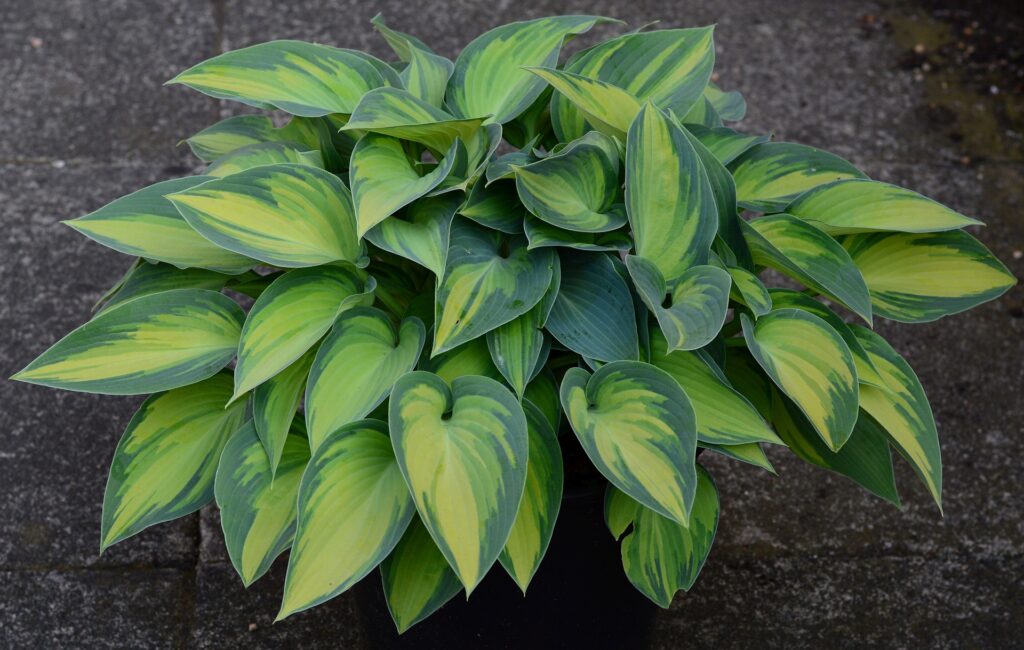
Hostas are valued for their attractive foliage, which comes in a wide range of colors, sizes, and textures. Its varieties, like the patriot hosta, guacamole hosta, and august moon hosta flourish in diverse growing environments, particularly in shaded areas.
Hostas, including big daddy hosta and other full sun hostas, add elegance and texture to small and medium gardens. Their low-maintenance nature makes them a versatile choice for gardeners of all skill levels.
- Planting Time: Fall or spring
- Seeding: Direct sow seeds in the garden after the last frost
- Conditions: Shade to partial shade, well-drained soil
- Growth Time: 2-3 years from seed
- Care Tips: Divide clumps every 3-5 years to prevent overcrowding
Sedums (Sedum)
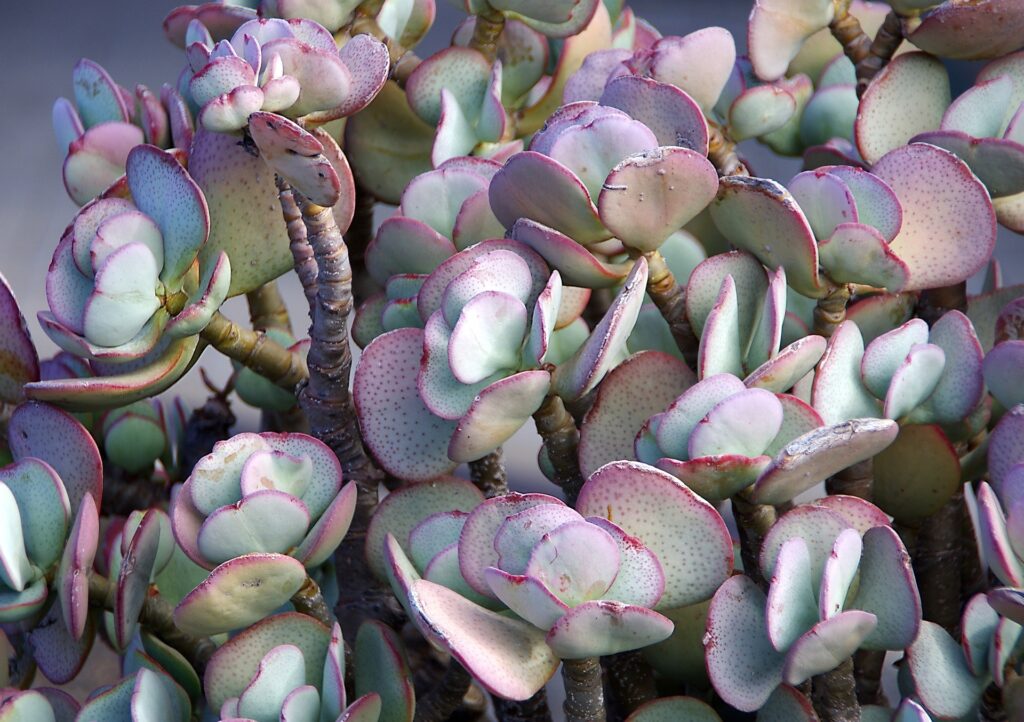
The sedum plant is a versatile perennial group, offering various textures and bloom colors in small gardens. Sedum varieties such as autumn joy sedum and sedum album are drought-tolerant and low-maintenance, making them ideal for rock gardens, containers, and ground covers. These are native to North America, Europe, and Asia, and have been cultivated for centuries for their medicinal properties and ornamental value.
- Planting Time: Fall or spring
- Seeding: Direct sow sedum seeds in the garden after the last frost
- Conditions: Full sun to partial shade, well-drained soil
- Growth Time: 6-8 weeks from seed
- Care Tips: Remove spent flowers to prevent self-seeding.
Lavender (Lavandula angustifolia)
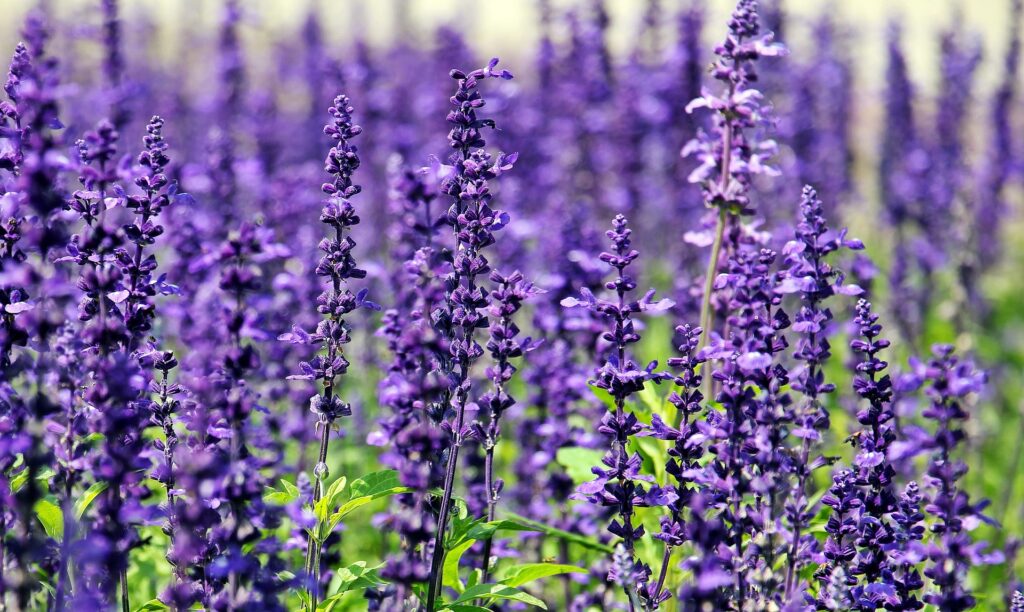
English lavender, known for its delightful aroma, is a perennial plant that showcases beautiful spikes of purple blooms, making it a beloved choice for herb gardens. Lavandula angustifolia and phenomenal lavender are popular choices that also attract pollinators.
Native to the Mediterranean region, lavender has been cultivated for centuries. French lavender and spanish lavender were introduced to Europe during the Middle Ages, and cherished for its delightful fragrance and healing qualities.
Lavender varieties, including munstead lavender, bring elegance and fragrance to small and medium gardens. Today’s time lavender products are valued for its calming effects, as well as in the production of essential oils, perfumes, and skincare.
- Planting Time: Fall or spring
- Seeding: Direct sow seeds in the garden after the last frost
- Conditions: Full sun, well-drained soil
- Growth Time:12-16 weeks from seed
- Care Tips: Prune plants after flowering to maintain shape.
Columbine (Aquilegia)

Columbine, or aquilegia, is a delicate perennial with unique, spurred flowers available in various colors and varieties such as yellow columbine and alpine columbine
Native to North America, Europe, and Asia, columbine has too been a valued plant for its medicinal properties and ornamental beauty for centuries and can add a whimsical touch to any small garden. It’s also a favorite among hummingbirds and other pollinators, making it an excellent choice for a wildlife-friendly garden.
- Planting Time: Fall or spring
- Seeding: Direct sow columbine seeds in the garden after the last frost
- Conditions: Partial shade to full sun, well-drained soil
- Growth Time: 12-16 weeks from seed
- Care Tips: Deadhead spent flowers to encourage additional blooms and prevent self-seeding.
Bee Balm (Monarda)

Bee balm, also known as monarda, is a vibrant perennial that showcases clusters of tubular flowers in shades of red, pink, and purple. They add a splash of color and a touch of wild beauty to any medium to large sized gardens. Varieties like scarlet bee balm and monarda didyma are particularly attractive to pollinators, including bees, butterflies, and hummingbirds.
They boast a fascinating heritage tied to Native American traditions, where it served as a remedy for ailments like colds, fevers, and digestive troubles.
- Planting Time: Fall or spring
- Seeding: Direct sow bee balm seeds in the garden after the last frost
- Conditions: Full sun to partial shade, well-drained soil
- Growth Time: 12-16 weeks from seed
- Care Tips: Divide clumps every 2-3 years to maintain plant health and prevent overcrowding.
All in all, this was a list of top 10 perennials to make your fall gardens look filled and spectacular. Whether you’re planting black-eyed susans, echinacea flowers, or any of the other perennials listed, fall is the perfect time to prepare your garden for a stunning display next spring and summer. Happy gardening!
